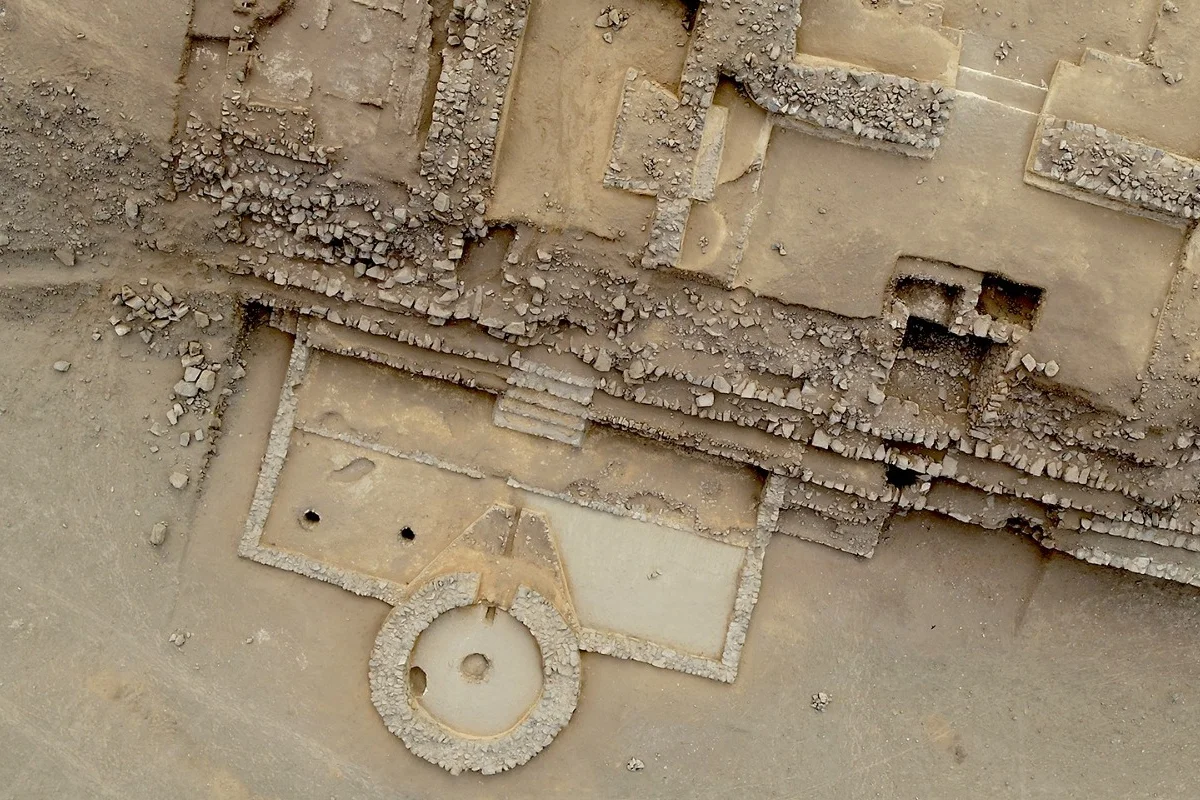Archaeologists have uncovered a 5,000-year-old fire altar at the Era de Pando archaeological site, revealing new secrets of the oldest centre of civilisation in the Americas.
Era de Pando is located in the Supe valley of Peru, northwest of the Sacred City of Caral-Supe, and part of the wider Caral Archaeological Zone.
The site is associated with the Caral–Supe civilisation, a Pre-Columbian era society that emerged long before the construction of the Great Pyramids of Egypt and predating the rise of the Olmecs by nearly two millennia.
The Caral-Supe civilisation had as many as thirty major population centres in what is now the Caral region, with the formation of the first centre emerging around 3500 BC.
Era de Pando is one of such population centres, consisting of a 48 structures arranged around a central space, including pyramidal buildings, temples, and various domestic dwellings.

Archaeologists from the Caral Archaeological Zone (ZAC), Executive Unit 003 of the Ministry of Culture, have recently conducted a study of Building C1, a large pyramidal structure located in the centre of the site.
Excavations uncovered a circular altar on the west site of the building, which according to experts is a fire altar, a subsidiary ceremonial area for the central rituals conducted in the main temple structure.
The fire altar measures approximately 7 metres in diameter and is preceded by a rectangular courtyard that measures 16 metres long by 8 metres wide. Access to the altar is via a descending staircase that connects to the west side of the building’s ceremonial hall.
Fire Altars were constructed within the most important pyramid-shaped public buildings and near the residences of high-ranking individuals. Access to these sacred spaces was reserved for select religious, political, and social leaders. During private ceremonies, these elite groups gathered at the altars to burn offerings of beads, quartz fragments, fish, molluscs, and agricultural produce.
Header Image Credit : Peruvian State
Sources : Peruvian State

